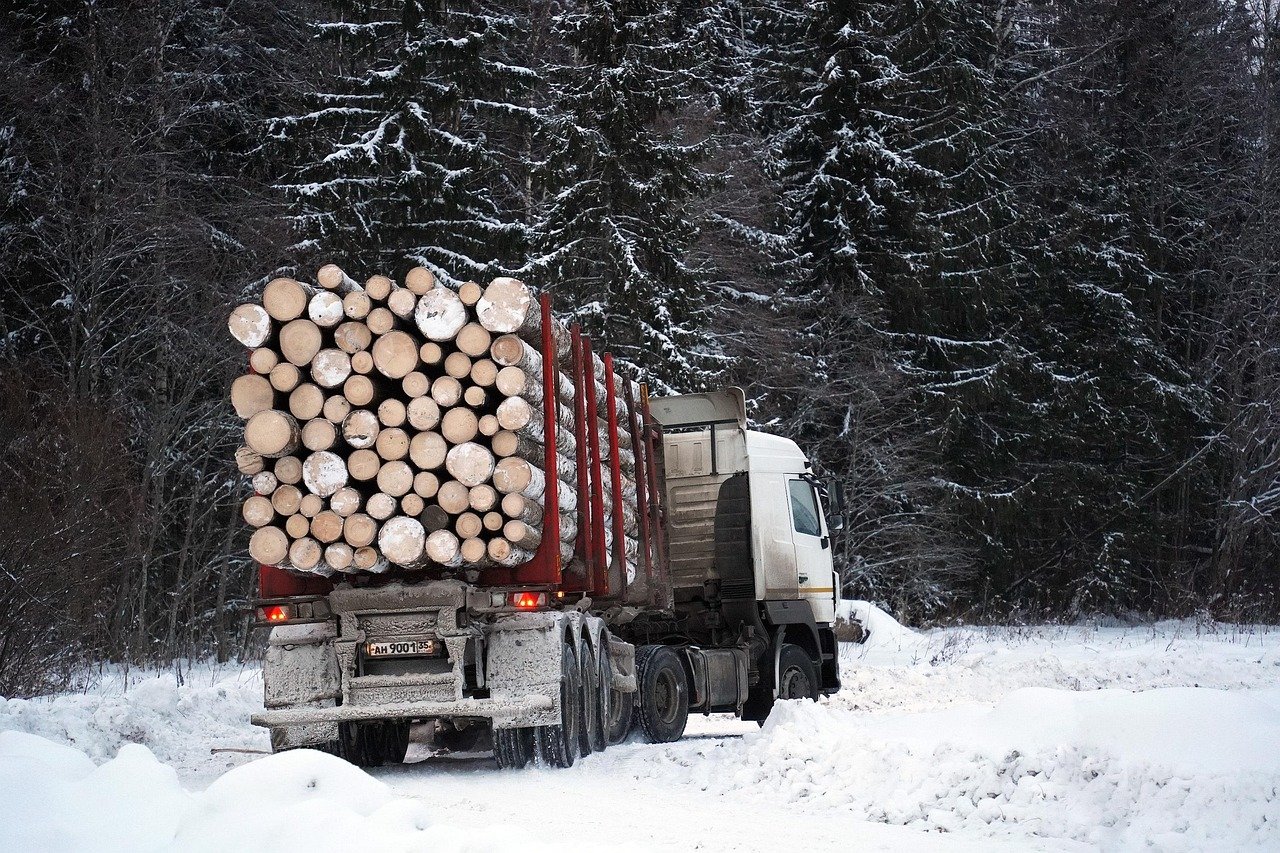Last Updated on September 30, 2025
President Donald Trump has announced new tariffs on wood and furniture imports, a move that could affect both international trade partners and the wallets of everyday Americans.
The order, issued under Section 232 of the Trade Expansion Act, places a 10% tariff on imported lumber and a 25% tariff on kitchen cabinets, bathroom vanities, and upholstered furniture. These duties take effect on October 14, 2025, with much steeper hikes coming in January.
- By January 1, 2026, tariffs could rise to 30% on upholstered wooden furniture and 50% on imported cabinets and vanities for countries without trade agreements with the U.S.
Why Is Trump Imposing Tariffs on Wood and Furniture?
According to the presidential order, the import of wood products undermines U.S. national security and weakens domestic supply chains. The administration argues that:
- Heavy reliance on imports threatens U.S. sawmills and lumber factories.
- Foreign wood supply chains could compromise military and infrastructure needs.
- Domestic producers are at risk of shutting down without tariff protection.
Which Countries Are Most Affected?
- Canada – America’s largest lumber supplier, already facing ~35% tariffs due to an ongoing dispute.
- Mexico and Vietnam – Both have grown into key suppliers of wooden furniture after Trump’s 2018 tariffs on Chinese furniture (over 50%).
- Europe, Japan, and the U.K. – Tariffs limited to 10–15%, in line with existing trade agreements.
What About Films?
In a surprise addition, Trump also threatened a 100% tariff on foreign-produced films imported into the U.S. This could disrupt Hollywood’s reliance on global co-productions, streaming content, and foreign shooting locations. While the legal authority for this tariff remains uncertain, the announcement adds to the climate of trade instability.
How Do Trump’s Tariffs on Wood and Furniture Affect Consumers?
1. Will furniture prices go up?
Yes. Higher import tariffs on cabinets, vanities, and upholstered furniture will likely raise retail prices. If you’re planning a kitchen remodel or shopping for new furniture, expect costs to climb.
2. Will tariffs affect the housing market?
Likely. Tariffs on lumber increase building costs, which could add thousands of dollars to the price of a new home. Builders often pass these increases directly to buyers.
3. How much more could my kitchen renovation cost?
With tariffs on imported cabinets rising toward 50%, a typical kitchen remodel could cost 10–20% more in 2026 compared to today, depending on the source of materials.
4. Will these tariffs cause inflation?
Yes, to some extent. Tariffs act like a tax on imports, so retailers usually raise prices. This could add more pressure to already high home improvement and construction costs.
5. Could U.S. companies benefit?
Domestic lumber mills and furniture makers may see more demand. However, many American companies still rely on imported wood or components, so some may also face higher costs.
Personal Finance Tips During Tariff Hikes
- Shop sooner rather than later: If you need new cabinets or furniture, lock in prices before January’s higher tariffs.
- Consider domestic suppliers: Buying U.S.-made furniture may shield you from some price hikes.
- Ask contractors about sourcing: For renovations, request quotes that specify whether materials are imported or domestic.
- Watch for sales: Retailers may discount inventory before tariffs take full effect.
- Investing angle: Keep an eye on stocks in home improvement, retail, and construction. Companies like Home Depot and Lowe’s could see both risks and opportunities.
Bottom Line
The Trump tariffs on wood and furniture are more than a trade dispute—they’re a pocketbook issue. Consumers will likely face higher costs on furniture, remodeling, and housing, while industries from construction to entertainment brace for ripple effects.
We at Invest Education don’t believe that imposing tariffs is a successful economic policy. It might be beneficial for some sectors but overall no country has ever been more prosperous by closing its economy than by opening up to free trade with the whole world. History tells us that countries need to be very careful when imposing trading barriers.
During the Great Depression, the United States passed the Smoot-Hawley Tariff Act of 1930, which significantly raised import duties on over 20,000 goods to protect domestic industries, particularly agriculture. The act backfired, leading to retaliatory tariffs from other countries, a collapse in global trade, and a worsening of the Great Depression.
For the short-term If you’re considering a remodel or large purchase, moving quickly could save you thousands before tariffs climb in 2026.
Featured Image by Михаил Рябинин from Pixabay

